Amazing Narrow Evergreen Trees: The Best Skinny Columnar Evergreen Trees (Pictures) – Identification

Narrow evergreen trees are excellent landscaping trees to provide year-long color, privacy, shade, and visual appeal in a garden. Skinny columnar evergreen trees are ideal for small, compact gardens where ornamental trees don’t have room to spread. In addition, narrow trees with evergreen foliage are suitable for planters to add greenery to a patio, container garden, or entranceway.
Gorgeous Columnar Trees: The Best 32 Tall Skinny Trees (with Pictures)

Columnar trees are ideal for adding color, beauty, and elegance to any garden landscape. Tall, skinny trees can create a stunning visual impact when they line driveways, grow along fences, or act as a privacy hedge.
Some columnar dwarf trees grow in containers and can make an attractive entrance when grown beside a doorway or gate. Their narrow, upright growth habit means that columnar trees are perfect for landscaping small and large yards alike.
69 Types of Pine Trees with Identification Guide, Chart and Pictures

Pine trees are a prevalent type of evergreen conifer found across various countries in the Northern Hemisphere. Belonging to the Pinaceae family and the Pinus genus, pine trees encompass a remarkable diversity of over 126 species worldwide. These resinous trees are closely related to other conifers like fir trees, cedars, and spruces.
33 Yellow Flowering Shrubs (with Pictures): Identification Guide
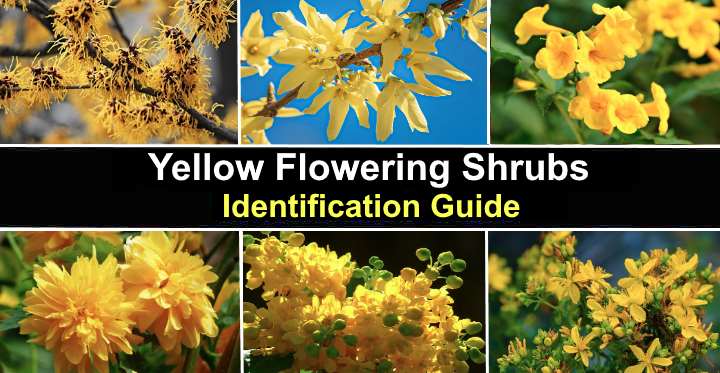
Yellow-flowering shrubs can add a bright and cheerful splash of sunshine to any front or backyard. Shrubs with yellow flowers are known for their vibrant colors, wonderful scents, and lush foliage. From the showy golden yellow blooms of forsythia, Pontic azaleas, and shrub roses to the delicate blossoms of bushy cinquefoil, there are many yellow-flowering shrubs to choose from.
36 Pink Flowering Shrubs (with Pictures): Identification Guide
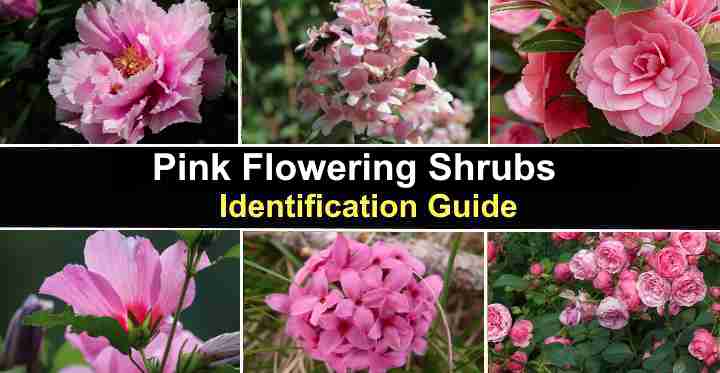
Pink-flowering shrubs are a beautiful addition to any garden landscape. These vibrant shrubs have blooms that add a pop of magenta, rose, salmon pink, and fuchsia colors to yards. From the vibrant pink blossoms of azaleas to the soft pink flowers of hydrangeas and peonies, there are many pink-flowering shrubs to choose from.
90 Small or Dwarf Evergreen Shrubs (With Pictures and Names)
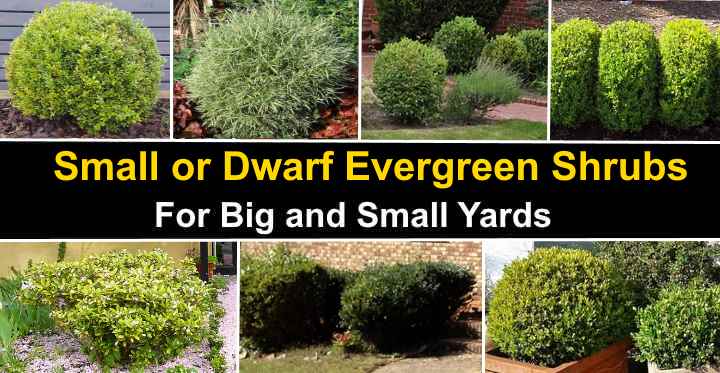
Small or dwarf evergreen shrubs are perfect for enhancing any type of garden landscape. Varieties of compact, miniature shrubs aren’t just for growing in small yards. Due to their small size, you can plant many different types of ornamental dwarf conifers or evergreen plants in a large backyard. You can also plant little or dwarf decorative evergreen bushes such as dwarf boxwood and compact junipers in a front yard to enhance your home’s curb appeal, as they don’t grow so large that they hide your property.
Types of Brown Mushrooms (with Pictures): Identification Guide
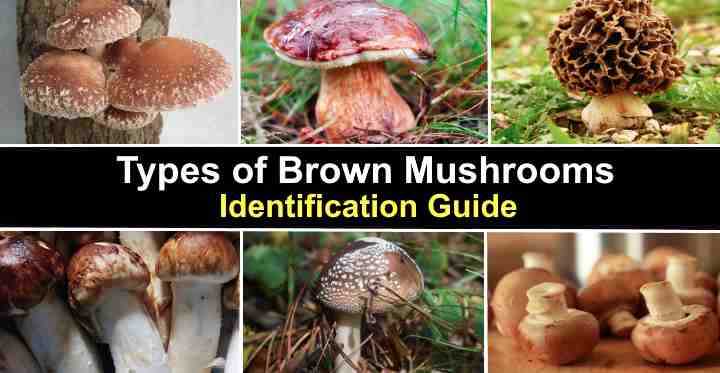
Brown mushrooms are common varieties of fungi appearing in lawns, yards, and woodlands. The spongy fungal growths can be difficult to spot in a garden because their brown cap and stems blend in with the soil and surroundings. The brown wild mushrooms can be identified by their cap shape, type of stem, and where they are growing in a landscape.
Types of Yellow Mushrooms (with Pictures) – Identification Guide
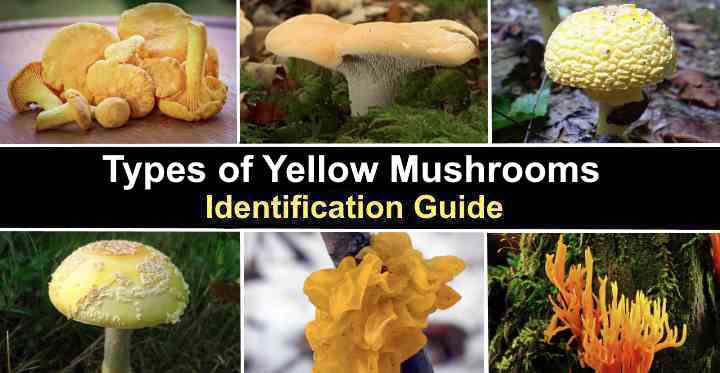
Yellow mushrooms commonly grow in front or backyards and seemingly appear from nowhere. You can find yellow mushrooms growing in lawns, flower beds, under shrubs, in forests, and on rotting tree trunks. The yellow fruiting bodies can have cylindrical stems, dark or light-colored gills, and a flattened or rounded cap.
35 White Flowering Weeds (with Pictures): Identification Guide
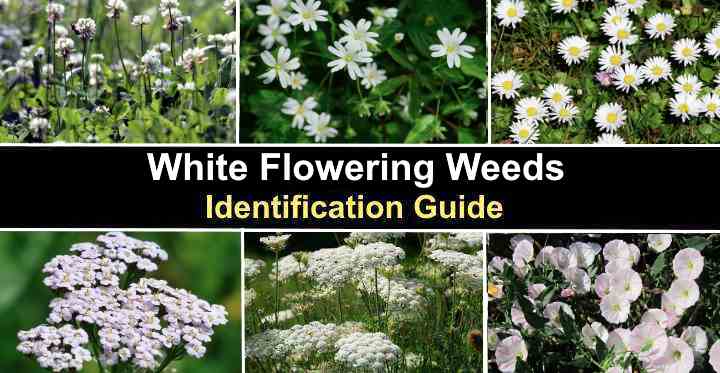
Many varieties of white flowering weeds can be invasive and detrimental to your garden’s health. Nuisance weeds with white flowers can spread by underground roots, creeping stems or produce thousands of seeds that germinate almost anywhere. The pesky plants can quickly take over an area unless you can identify and control white-flowering weeds.
74 Types of Palm Trees with Pictures: Identification Guide
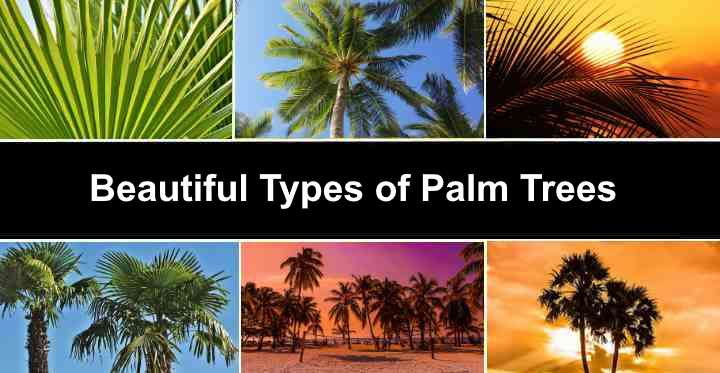
Palm trees are synonymous with tropical beaches, warm sunny climates, and beautiful landscaped gardens. Palms are recognized by their fan-shaped or feather-like fronds (leaves) and fiber-covered trunks or stems. Most types of palms, such as date palms and coconut palms, grow in warm climates. However, some species of palms are tolerant of temperate climates and cold temperatures. Some varieties of palm trees can also grow indoors as houseplants.
